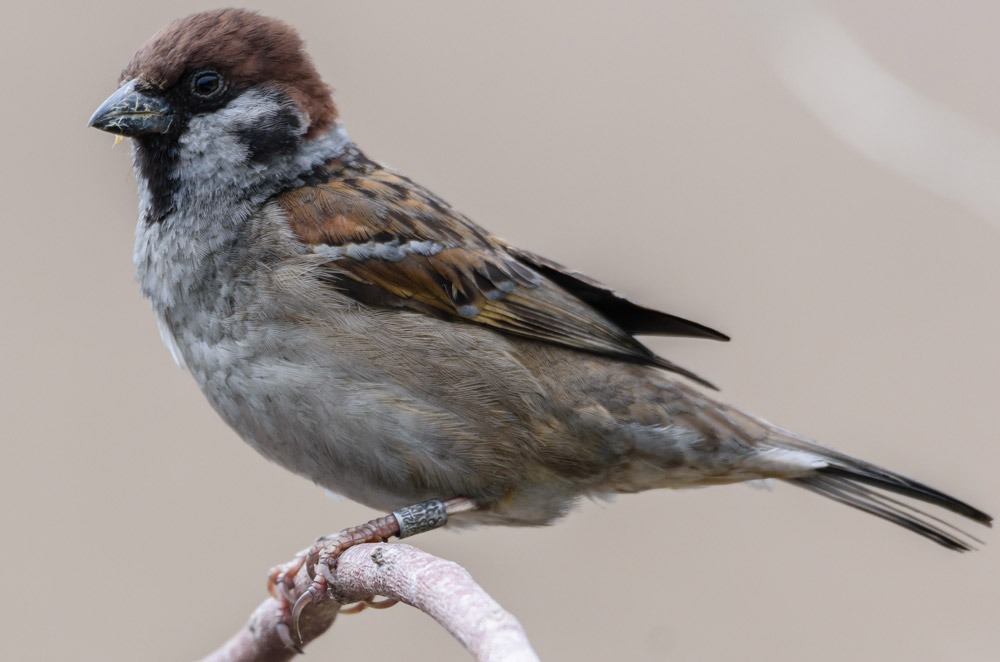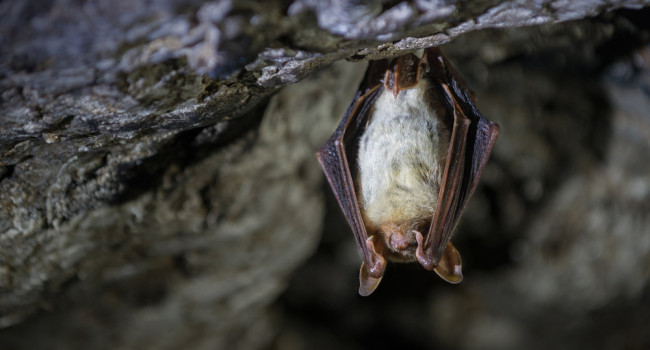
Using bird ringing data to help target conservation management
Professor Jennifer Gill
Relates to projects
Related Publications
Across depressingly large swathes of the world, bird species that were once common, abundant and widespread are becoming increasingly scarce. The need to halt and reverse these declines is recognised nationally and internationally, but solutions to these problems are not easy to find. What types of actions are needed and where and when should they be deployed? Bird ringing data can help to answer these questions.
In Europe, we know a great deal about bird population trends thanks to the extraordinary work of volunteer bird surveyors contributing to schemes such as the BTO/JNCC/RSPB Breeding Bird Survey (BBS), and equivalent schemes in other countries that are brought together in the Pan-European Common Bird Monitoring Scheme.
When species become very rare and localised, conservation actions can be targeted in remaining occupied areas, often with considerable success. Conservation actions are also needed for common and widespread species that are declining across much of Europe, but how should these be targeted to give them the best chance of being effective?
The abundance of declining species can be increased by boosting productivity - young birds raised successfully each year - or survival rates of adult birds within the population. Conservation actions to boost productivity or survival can be designed, such as enhancing nest-site availability or food resources. However, if they are focussed on areas where these rates are already high, they are unlikely to be effective. Ideally, actions would be targeted to places where either productivity or survival is consistently low - but do such places exist, or do productivity and survival vary so much between years that effective targeting would be hard to achieve?

In a recent paper led by Dr Cat Morrison, we explored how consistent CES sites are in survival and productivity, using data from the Euro-CES (Constant Effort Sites) ringing scheme. Across Europe, bird ringers catch birds on Euro-CES sites using the same nets in the same configurations over many years. Each bird is fitted with a lightweight metal ring stamped with a unique code, and if the birds are caught again, they can be identified by their ring numbers. This standardised, long-term capture and recapture of ringed birds can be used to measure productivity, by calculating the ratio of juveniles to adults caught on each site each year, and annual survival rates, by calculating the proportion of ringed birds returning and being caught each year.
The results of our analysis were remarkably clear. For all 26 songbird species in the study, productivity on CES sites tends to be consistently high or consistently low across years. This suggests that local conditions on these sites are a major cause of the level of productivity and, if we can work out the key differences between good sites and poor sites, we might be able to target actions to increase the number of sites achieving high productivity and replicate these prescriptions across this country and the rest of Europe.
By contrast, survival rates of these species often vary more between years than between sites. Low survival in songbird populations often occurs during extreme weather, sustained periods of which can cause dramatic declines. For example, several migratory species that cross the Sahel region of Africa, such as Sedge Warbler and Whitethroat, declined dramatically during the extended Sahel droughts of the 1970s and 80s. However, unless periods of low survival could be predicted in advance, targeting actions to boost survival rates is likely to be both challenging and limited in effectiveness.


So, what does this mean for future conservation and research? The patterns revealed in the Euro-CES data strongly suggest that targeting actions to boost productivity would be the more effective use of conservation funds and efforts. The next step is therefore to work out why productivity is better on some sites than others, and what type of actions might be needed. For example, it may be that sites with high productivity are part of larger areas of suitable habitat, where resources are more abundant and the risk of encountering nest predators is lower, than in smaller or more isolated sites. Other key features that may differ between productive and less productive sites could include water availability or the structural complexity of vegetation. Sarah Binnie will be investigating these potential differences as part of her PhD at the University of East Anglia, in collaboration with BTO.
Citizen science schemes like Euro-CES and the long-term, standardised monitoring of productivity and survival they provide are vital tools for the growing challenge of conserving widespread but declining species.

The recent report from IPBES (the Intergovernmental Science-Policy Platform on Biodiversity and Ecosystem Services) indicated that the average abundance of native species in most major land-based habitats has fallen by at least 20% since 1990. We urgently need to tackle this ongoing erosion of biodiversity and the associated connection of humans with wildlife. For landbirds in Europe, we are extremely fortunate to have the decades of ringing data needed to guide us in identifying where and how to concentrate our efforts and resources. Citizen science schemes like Euro-CES and the long-term, standardised monitoring of productivity and survival they provide are vital tools for the growing challenge of conserving widespread but declining species.








Share this page